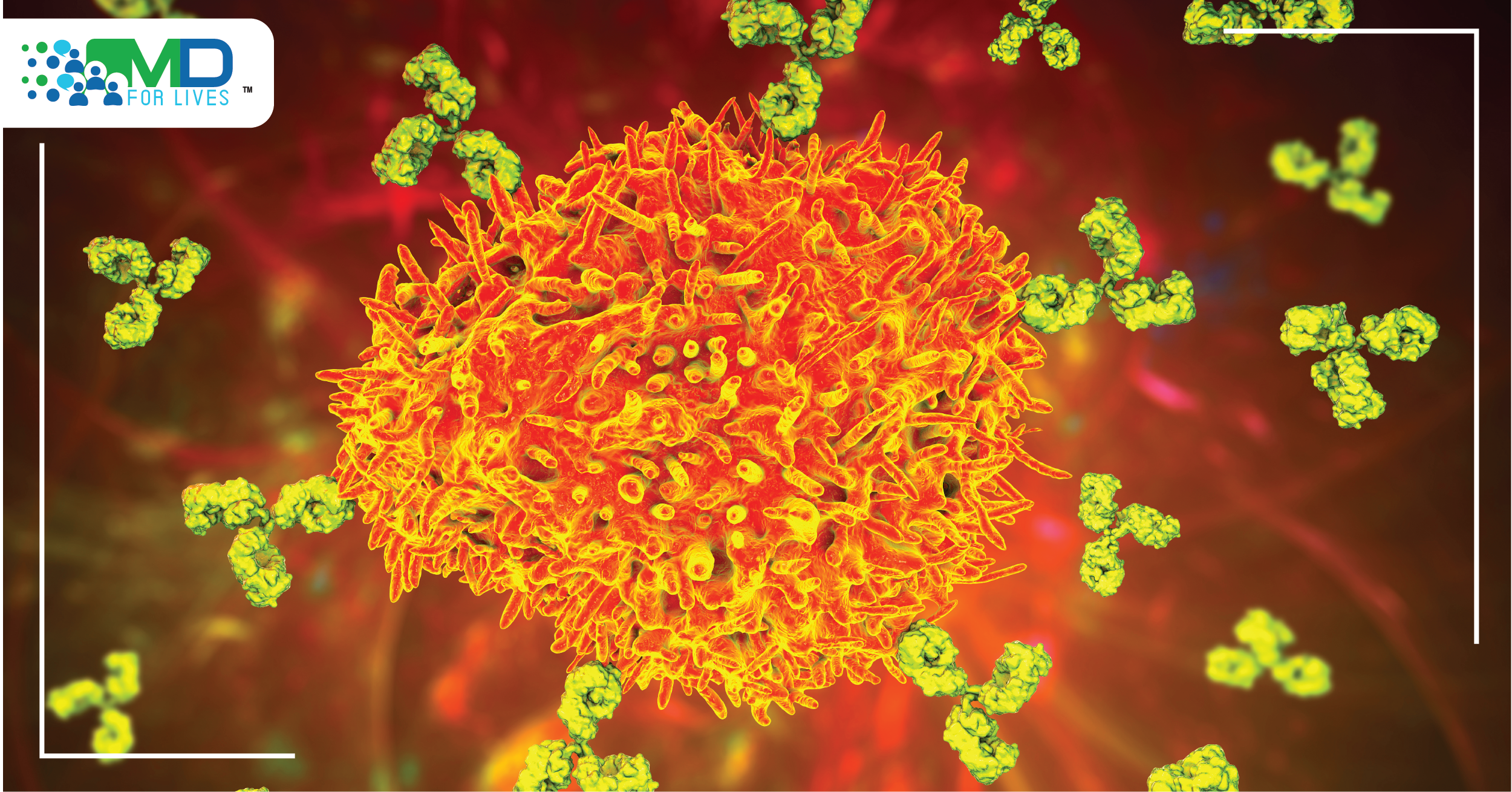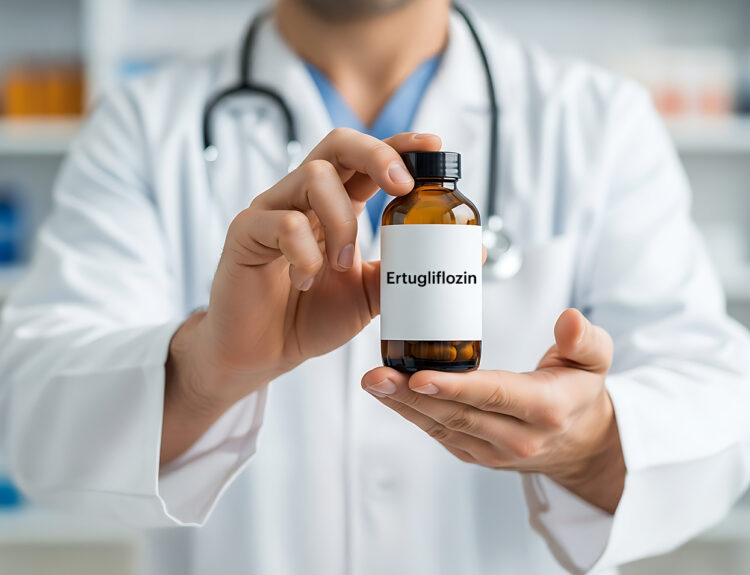Type 2 diabetes is a progressive metabolic condition associated with resistance to insulin. Also known as adult-onset diabetes, it usually develops in adults over the age of 45 years, but is increasingly being seen in the younger population, including children, adolescents, and young adults.1 Type 2 diabetic patients may be inadequately controlled on metformin monotherapy and may require multiple anti-diabetic medications to improve various glycemic measures and cardiovascular risk factors seen in these patients.2
AstraZeneca has highlighted the results of combining a GLP-1 receptor agonist (Bydureon) with SGLT-2 inhibitor (Farxiga) as a potential treatment alternative to existing non-insulin therapies for patients with severe, uncontrolled type 2 diabetes. These results were presented in September 2016, at the 52nd Annual Meeting of the European Association for the Study of Diabetes (EASD) in Munich, Germany, and simultaneously published in The Lancet Diabetes & Endocrinology.3,4
The study, called the DURATION-8 trial, was a 28-week, multicenter, double-blind, randomized, active-controlled, phase III trial. It was carried out at 109 sites in six countries and included 695 adult patients with type 2 diabetes with inadequate glycemic control on metformin monotherapy (≥1500 mg/day). Treatment administered was once-weekly exenatide (Bydureon) 2 mg by subcutaneous injection along with once-daily dapagliflozin (Farxiga) 10 mg oral tablets. Patients were randomly assigned to receive exenatide plus dapagliflozin (n=231), exenatide alone (n=231), or dapagliflozin alone (n=233). The primary endpoint was a change in HbA1c from the baseline to week 28. Secondary endpoints included changes in body weight and systolic blood pressure.2

After 28 weeks of therapy, change in baseline HbA1c was -2·0% in the exenatide plus dapagliflozin group, -1·6% in the exenatide group, and -1·4% in the dapagliflozin group respectively. Combined dose of exenatide and dapagliflozin significantly reduced HbA1c from baseline in comparison with either drug alone.3
Exenatide plus dapagliflozin was significantly superior to either drug alone for all secondary efficacy endpoints. Combination therapy showed greater reductions in fasting plasma and postprandial glucose, greater weight loss, and greater reductions in systolic blood pressure.3
Similar rates of adverse events and serious adverse events were seen in the exenatide once-weekly and dapagliflozin combination therapy group as the individual medicine treatment groups. Adverse events were recorded in 131 of 231 patients (57%) in the exenatide plus dapagliflozin group, 124 of 230 patients (54%) in the exenatide group, and 121 of 233 patients (52%) in the dapagliflozin group. Most common adverse events seen were diarrhea, injection-site nodules, nausea, and urinary tract infections.3
The combination therapy of Bydureon and Farxiga is not FDA approved, and neither product is approved for weight loss or the treatment of hypertension. With the DURATION-8 trial, the results of combining this class of drugs have been evaluated and presented for the first time. The results highlight combination therapy with these drugs as a potential treatment alternative to existing non-insulin therapies for patients with severe, uncontrolled type 2 diabetes.
Credit: Dr. Neha on behalf of Borderless Access







2 Comments
Precision Medicine: A Bright Yet Challenging Future - MDforLives
5 years ago[…] of genetic testing for clinical purposes. For instance, prevalent and devastating diseases such as diabetes or atherosclerosis result from complex interactions between multiple genetic and environmental […]
New global efforts underscore a big push for precision medicine: a bright yet challenging future - MDForLives
4 years ago[…] of genetic testing for clinical purposes. For instance, prevalent and devastating diseases such as diabetes or atherosclerosis result from complex interactions between multiple genetic and environmental […]